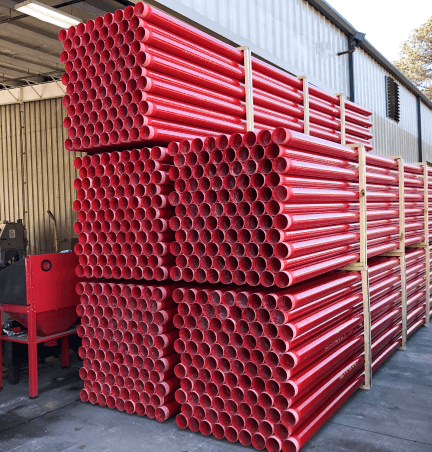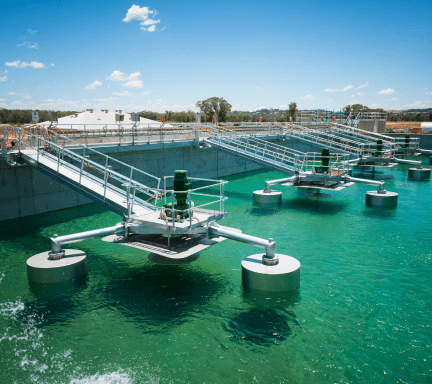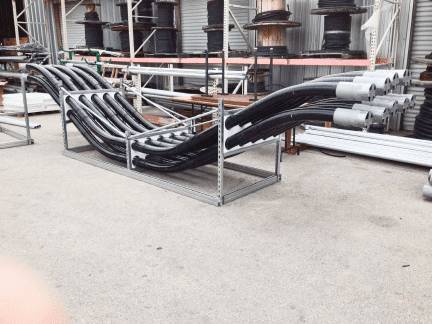By Scott Patchan
A Comprehensive Guide to Fiberglass Conduit
Reinforced thermosetting resin conduit (RTRC), also known as fiberglass conduit, or fiberglass reinforced epoxy conduit, is an electrical conduit material that has seen steadily increasing usage among engineers over the past 30 years.
What Is Fiberglass Conduit?
Fiberglass (RTRC) is a lightweight conduit product with built-in toughness, created by tension-winding strands of fiberglass over a rotating mandrel.
The strands are laid in a precise pattern, impregnated with resin as they are wound onto a straight mandrel. (This assures the installer easy use when doing field cuts.)
The fiberglass conduit and fittings are then cured under high temperatures, creating an electrical conduit with high flexural strength and high temperature resistance.
How Does Fiberglass Conduit Compare to Other Conduit Materials?
Fiberglass conduit provides increased savings, easier installation, and superior strength, compared to other conduit materials:
- Fiberglass conduit features the broadest range of corrosion resistance of all in-market conduit materials
- Specifically, Champion FiberglassⓇ conduit offers the lowest installation rates for most diameters according to the National Electrical Contractors Association (NECA) Manual of Labor Units, thanks its light weight and ease of field handling
- Fiberglass conduit offers low to zero burn through when pulling wire or cables
- Fiberglass conduit is known for superior impact resistance and memory, allowing it to retain its shape after impact or compression
Refer to the Champion Fiberglass Conduit Comparison Chart to learn more about how fiberglass conduit compares to other common materials, including PVC SCH 40 and 80, galvanized rigid steel, PVC-coated steel, and aluminum.
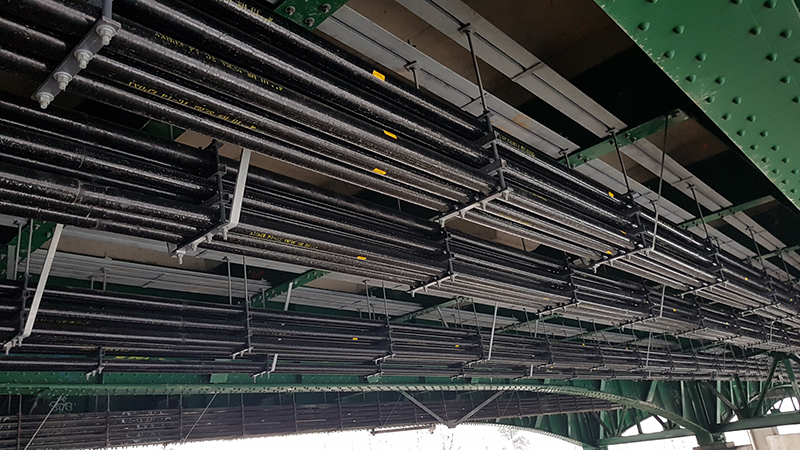
Successful Fiberglass Conduit Projects
Fiberglass (RTRC) conduit uses are wide across applications, including:
Though the reasons for adoption vary from industry to industry – increased electrical safety, a low coefficient of friction, fast and easy installations, lower material costs and reduced installation costs are a few – it’s clear that fiberglass has increasingly become the conduit of choice for many engineers and contractors in recent decades.
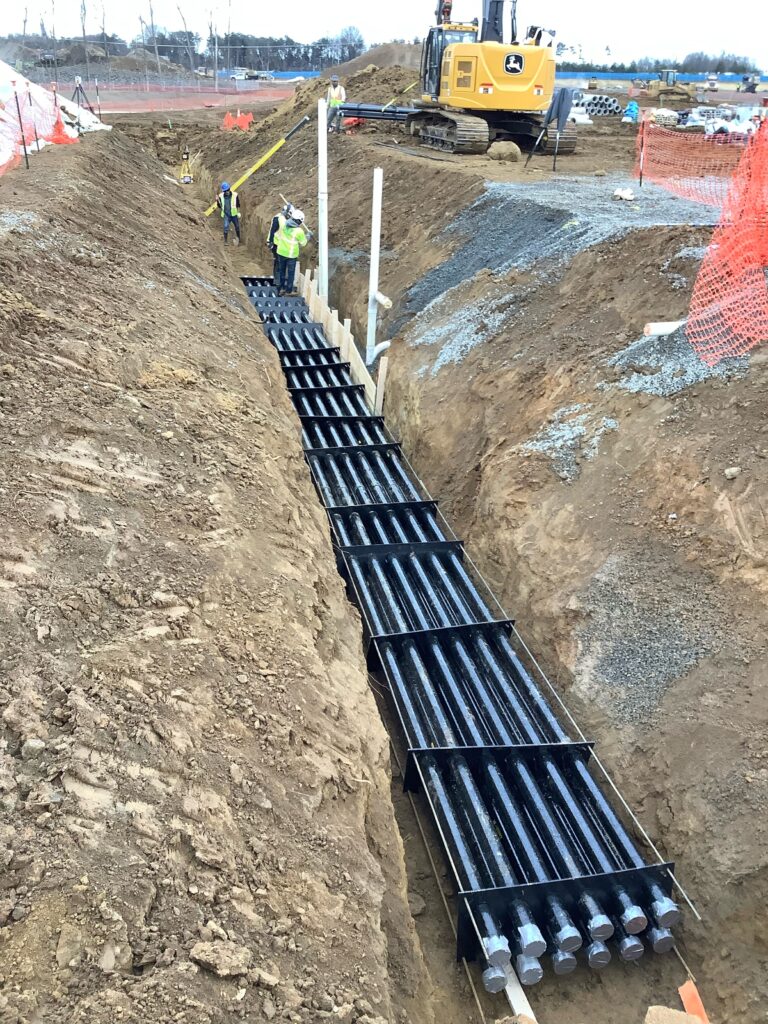
Why Champion Fiberglass?
Champion Fiberglass leads the RTRC category, offering leading-edge conduit solutions while continuing to innovate in the fiberglass space. Here’s what sets Champion Fiberglass apart:
- Champion Fiberglass conduit is produced in the world’s most advanced, 100%-digital fiberglass conduit manufacturing facility
- Champion Fiberglass has been ISO-9001 certified for over a decade, meeting the standards requirements for quality management systems, and is also ISO-14001 certified for premier environmental management principles, and ISO-45001 certified for its occupational health and safety management systems
- In 2016, Champion Fiberglass’s UL e-File number was updated to include extended support spacing distances for Haz Duct®. In 2017, Champion Duct® Standard Wall (SW), Medium Wall (UL designates Champion Fiberglass MW for 5″ and 6″ as SW), and Heavy Wall (HW) conduit were also approved for expanded support spacing distances
Do More® with Champion Fiberglass RTRC Products
Fiberglass conduit is listed in Article 355: Reinforced Thermosetting Resin of the NEC (National Electrical Code) and Article 12-200 of the CEC (Canadian Electrical Code) as Rigid RTRC Conduit.
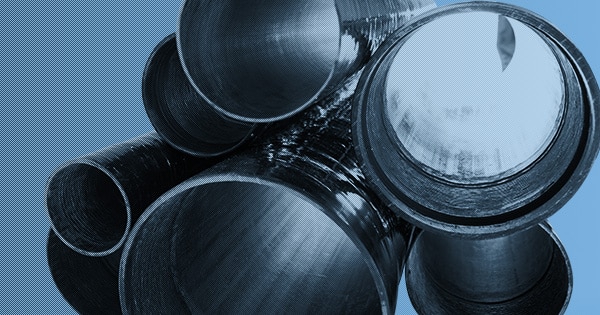
CHAMPION DUCT® RTRC CONDUIT
- Easy installation
- Excellent impact resistance
- Superior corrosion resistance
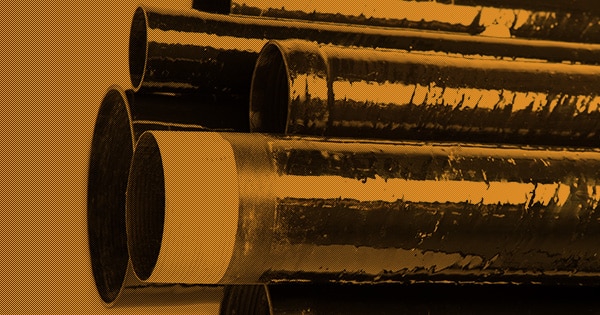
CHAMPION FLAME SHIELD® PHENOLIC CONDUIT
- Zero-smoke, zero-halogen solution
- Two-hour fire rated (up to 1850° F)
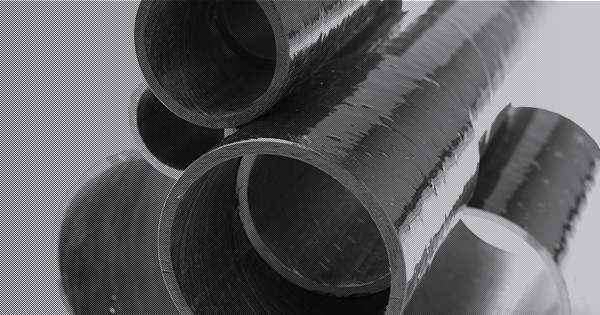
CHAMPION HAZ DUCT® XW TYPE CONDUIT
- Designed to handle hazardous environments
- CEC-approved for Zone 1, Division 2 installation.
Ready to Get Started with Fiberglass Conduit?
Learn More
Keep Reading
Tackling Utility Project Challenges with Fiberglass Conduit Elbows
An installer picks up a lightweight fiberglass conduit elbow.
Utility Elbows Explored in Whitehead & Associates Partnership
Scott Whitehead’s connection to the utility industry runs deep, tracing back nearly a century to 1929, when his grandfather first…
Meet Production Planner Alejandro Patino
He grew up on a ranch and loves spending time with his big family. Get to know this Champion FiberglassⓇ…








